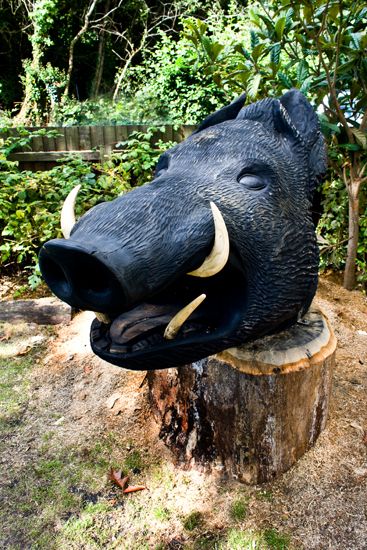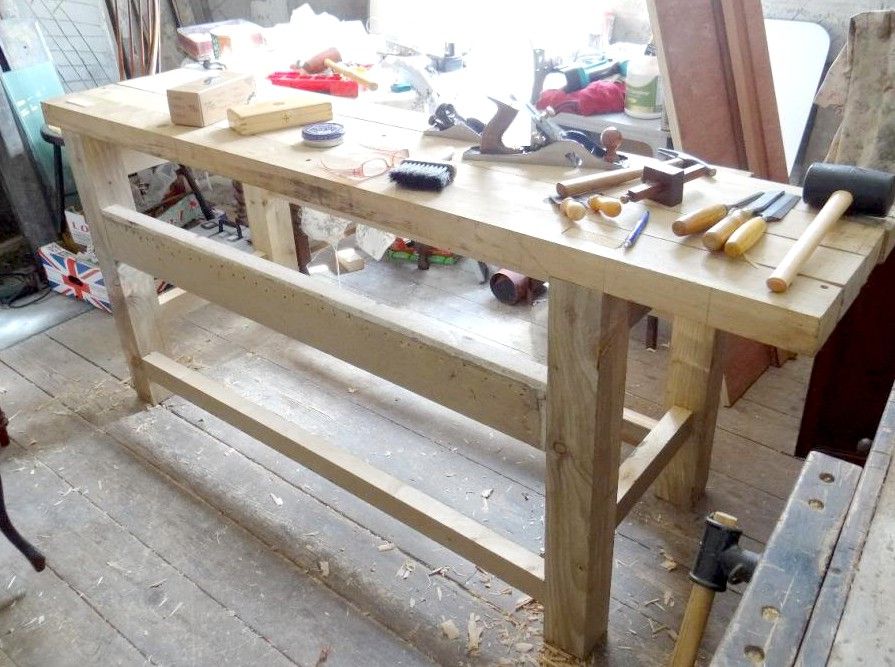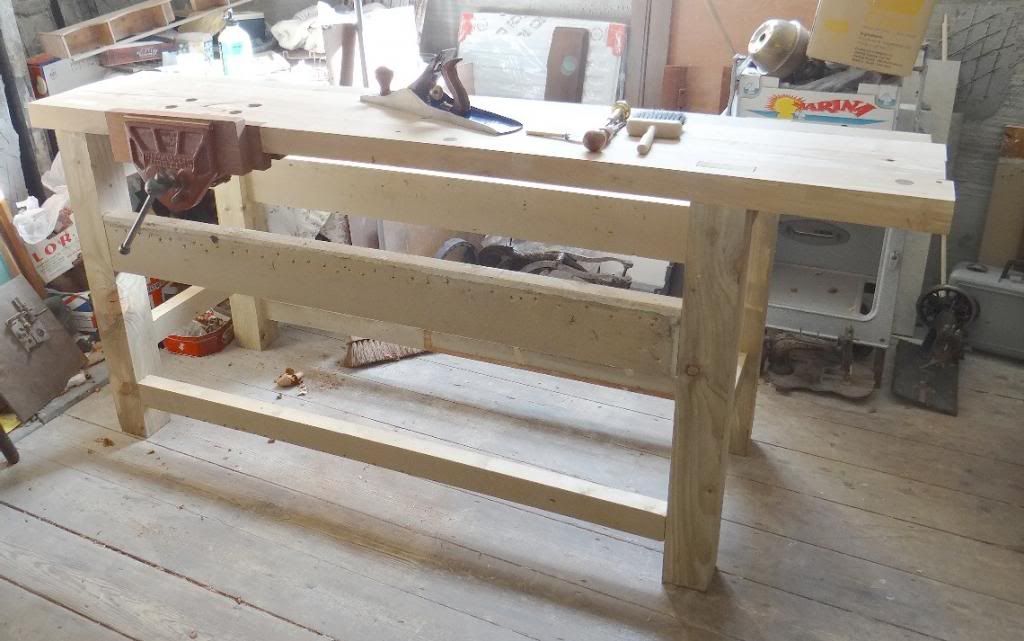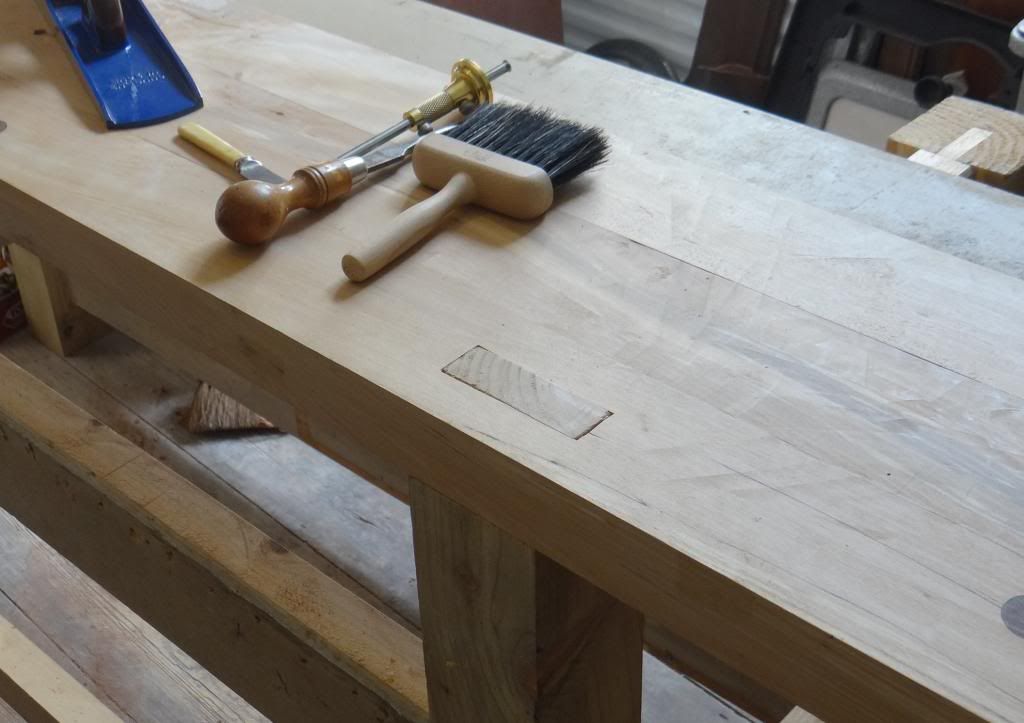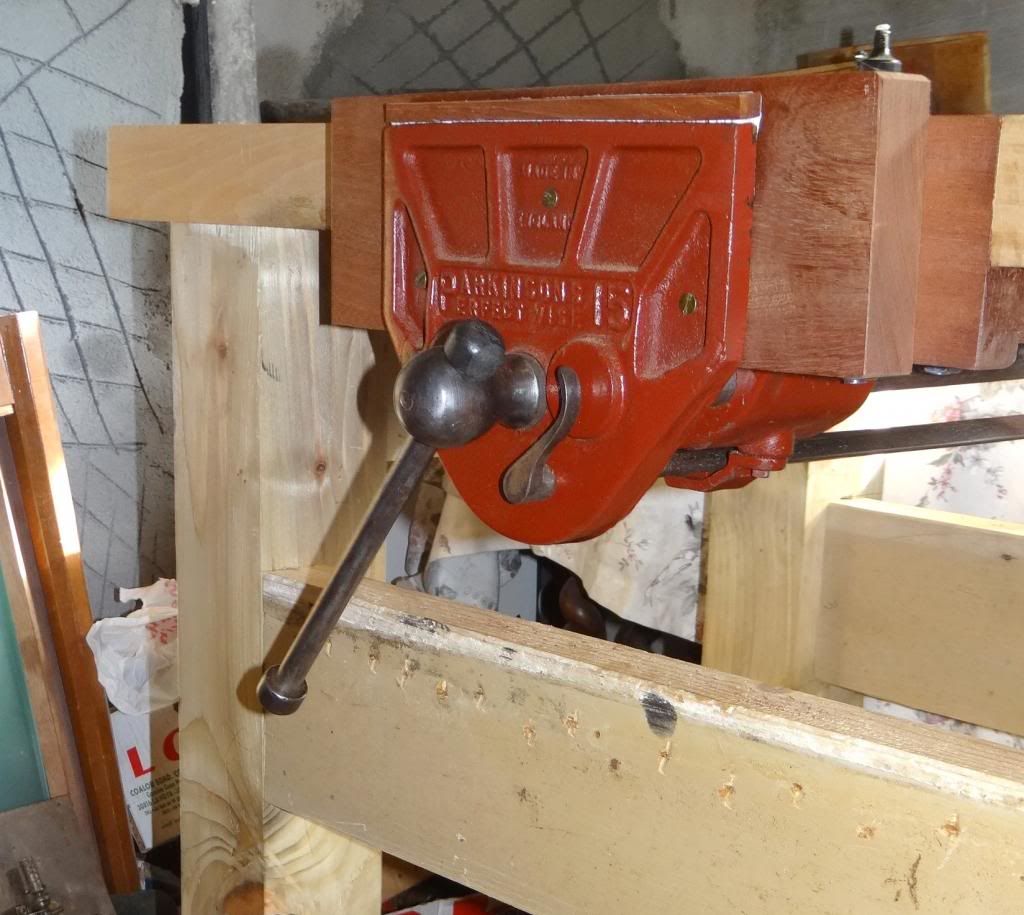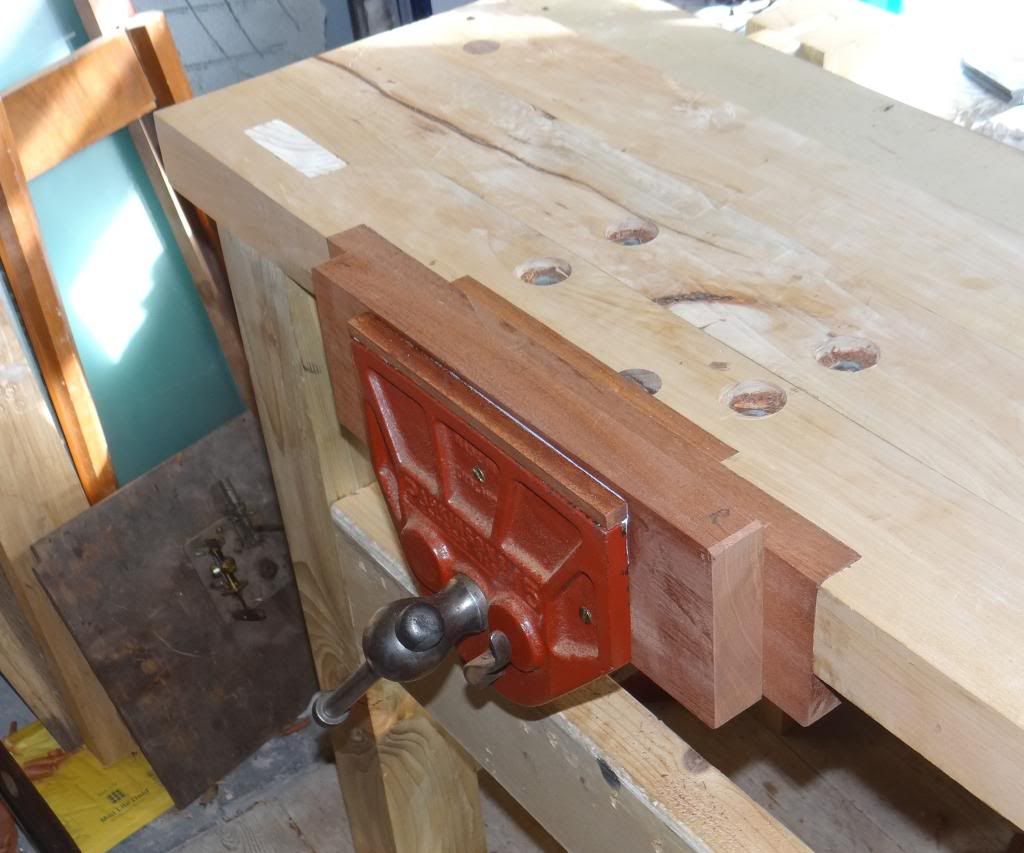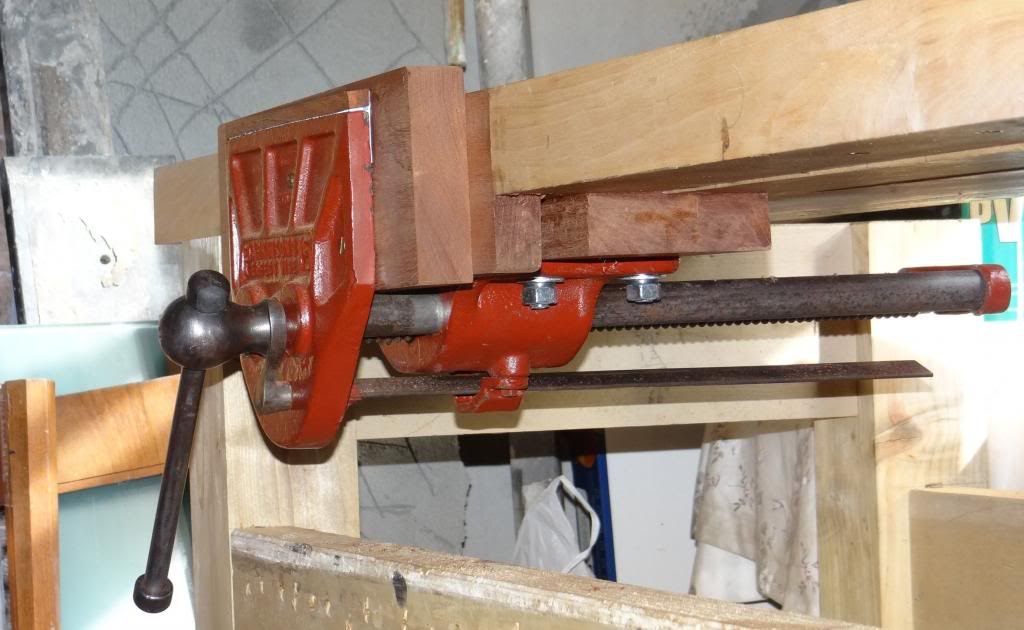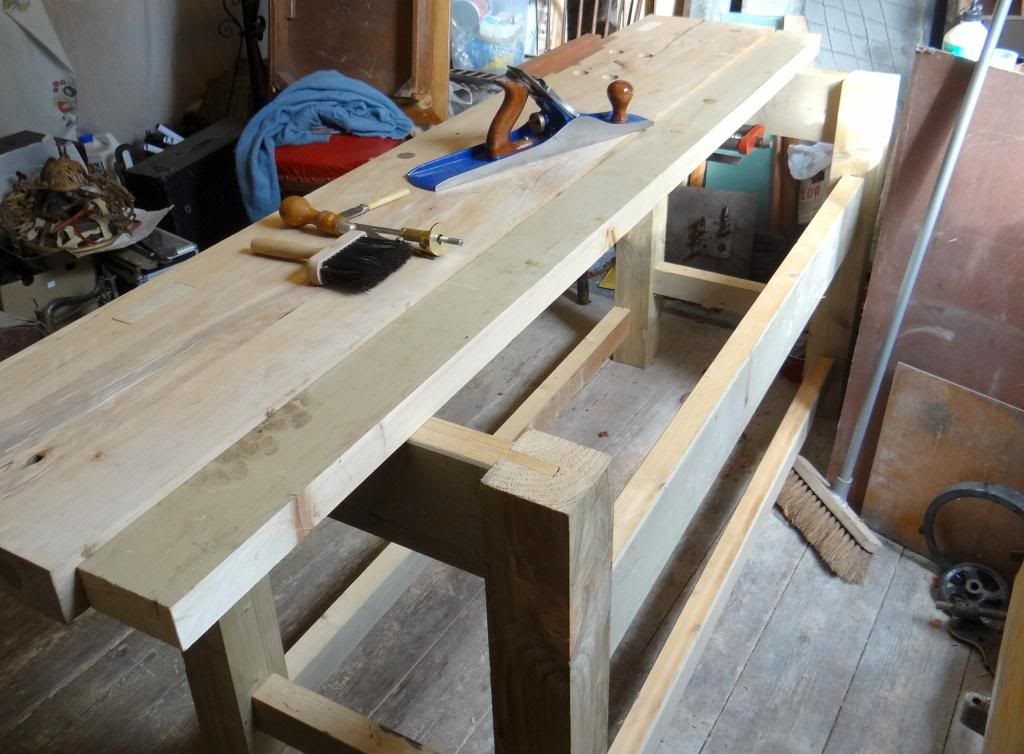Dangermouse
Established Member
- Joined
- 23 Dec 2010
- Messages
- 714
- Reaction score
- 0
"Over the past couple years and after several trips to a Roubo-esque millwork shop in rural Georgia, we've been able to source enough French oak to build several benches that almost exactly match Roubo's description of his joiner's bench from Plate 11. The slabs are 5-6" thick, from 18 to 28 inches wide and around 19' long. They have been air drying for over 10 years. But here's the kicker. Some of these trees are directly from the grounds of Versailles, and were likely growing in the late 18th century. We haven't counted the growth rings, but there's a good chance these trees and Roubo were contemporaries."
My question would be if the bench top is Oak, surely the tannin in the wood will make any tool in contact with it stained blue/black and stain the wood too. What do you guys think ?
Here is the link to the project and a video of making it
http://benchcrafted.blogspot.co.uk/2013 ... oject.html
http://benchcrafted.blogspot.co.at/2013 ... oject.html
My question would be if the bench top is Oak, surely the tannin in the wood will make any tool in contact with it stained blue/black and stain the wood too. What do you guys think ?
Here is the link to the project and a video of making it
http://benchcrafted.blogspot.co.uk/2013 ... oject.html
http://benchcrafted.blogspot.co.at/2013 ... oject.html


































